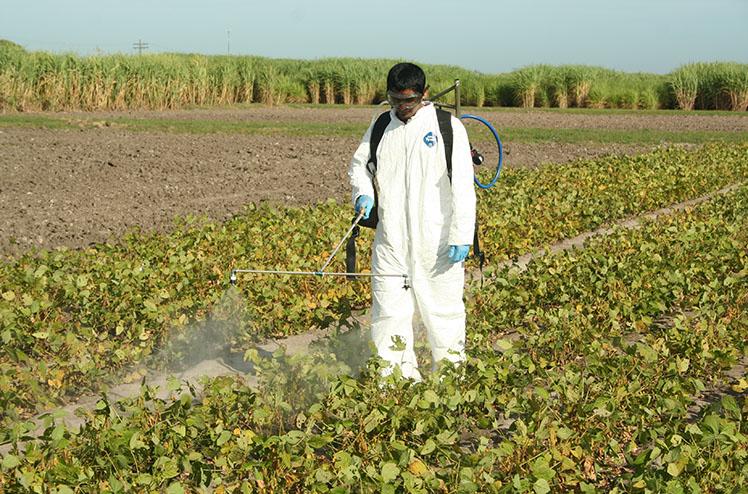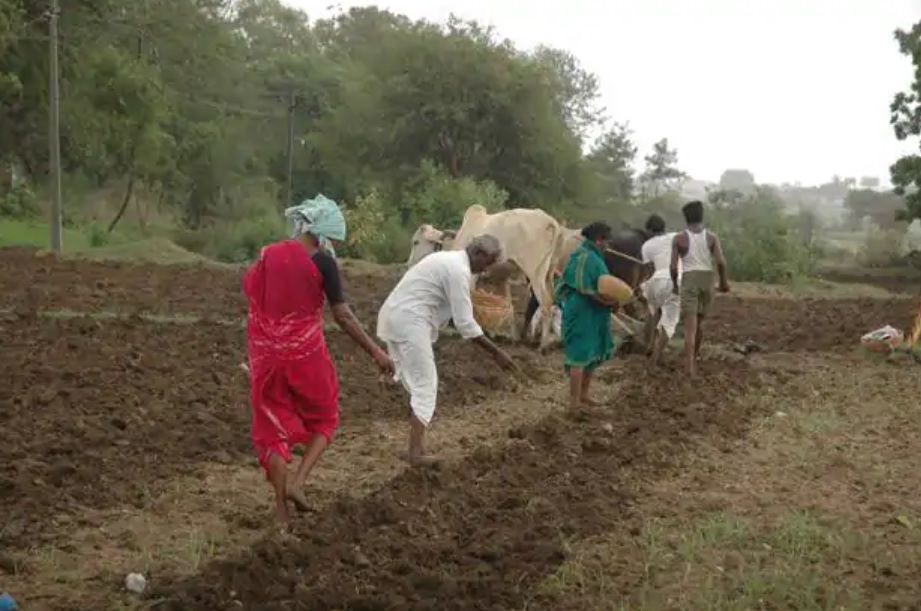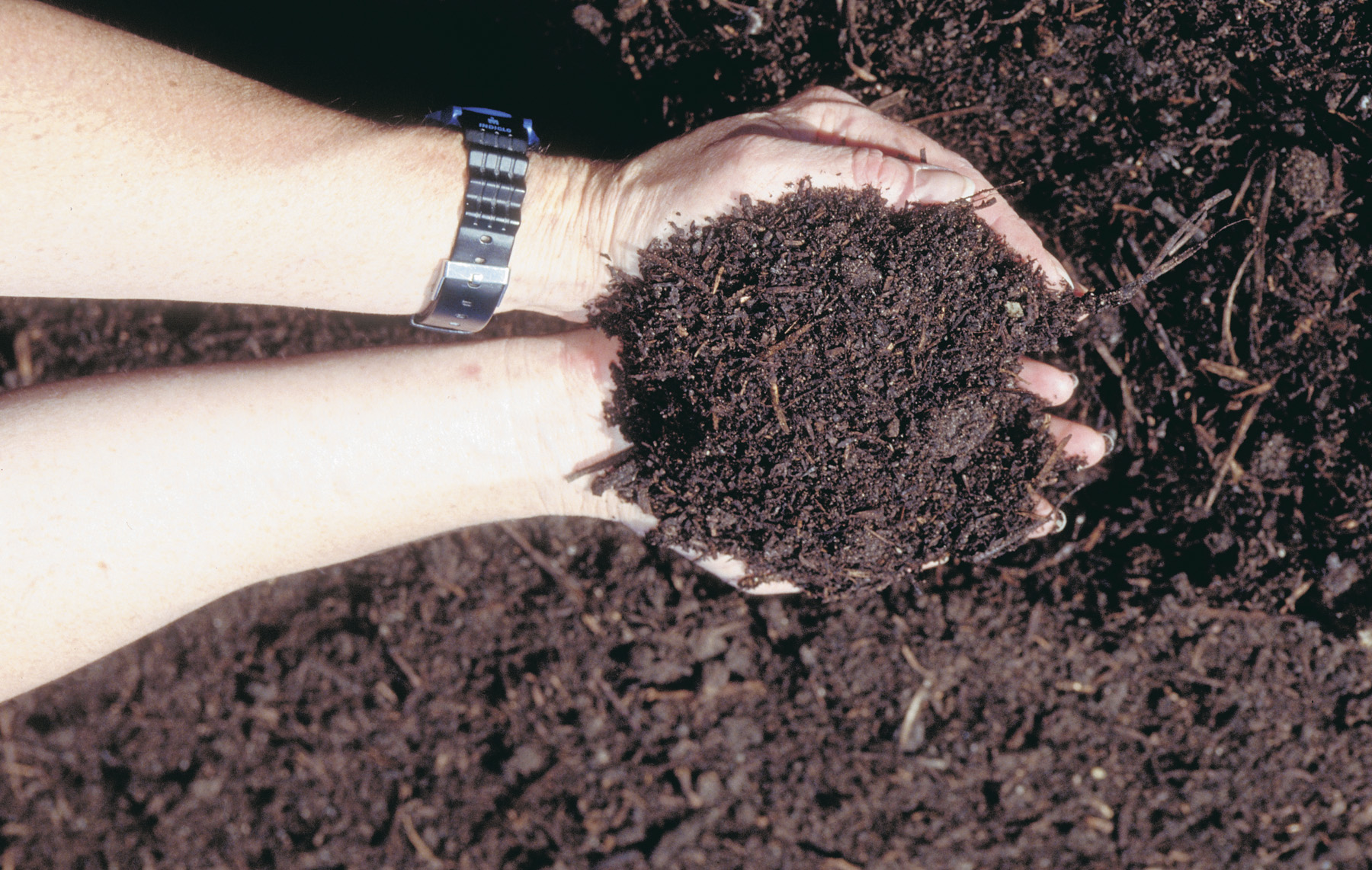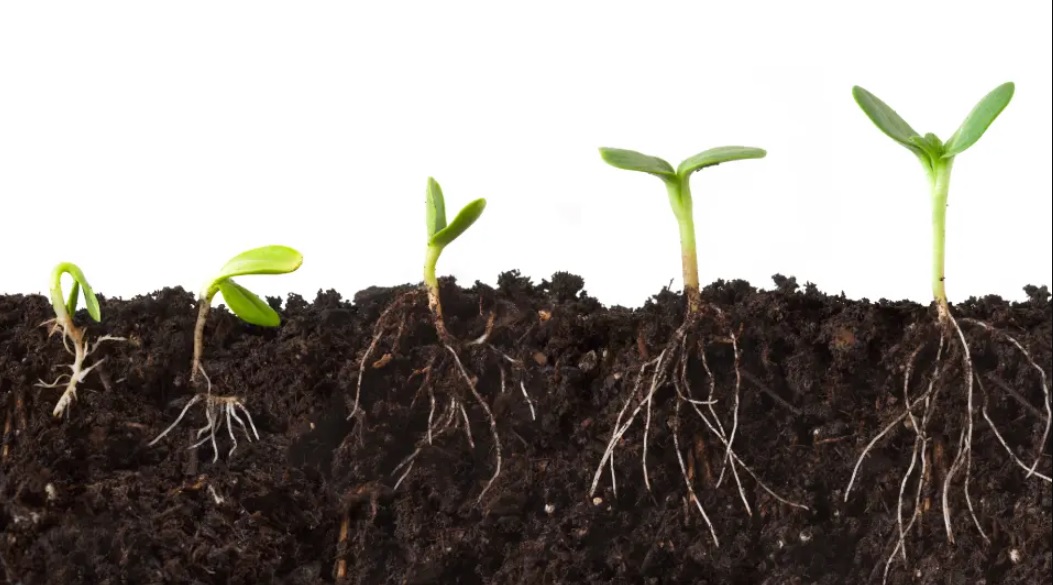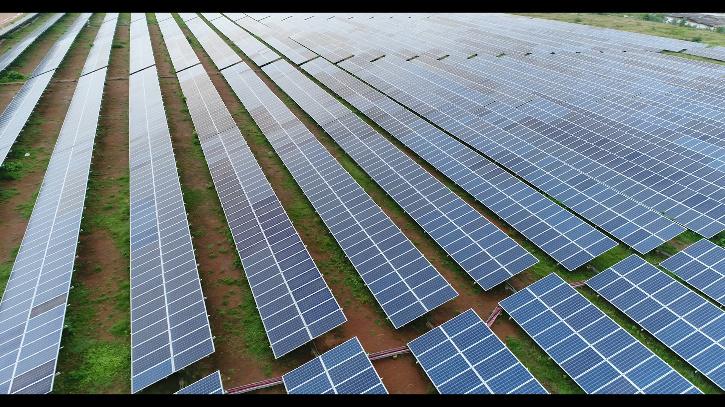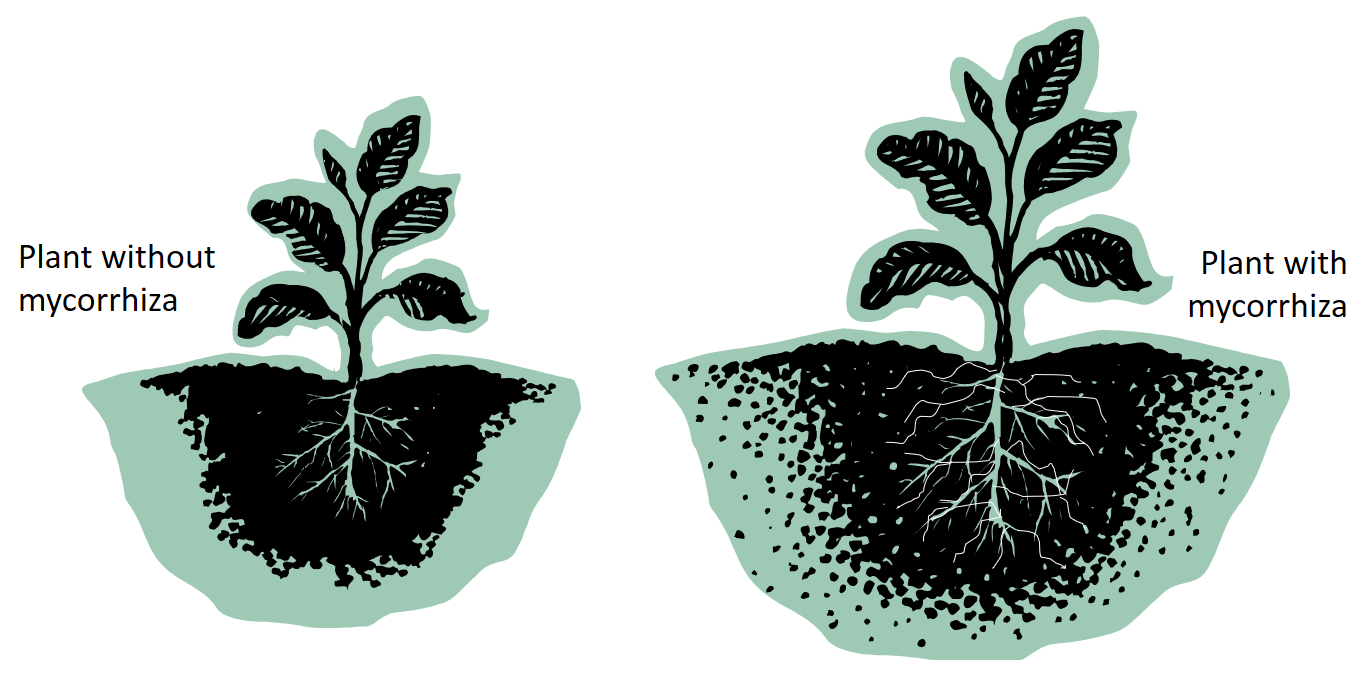Central and state governments are promoting organic farming. Under this, the Paramparagat Krishi Vikas Yojana has been started. Under this scheme, the assistance of 50 thousand rupees per hectare of land is being given for three years. In this help, the farmer can buy organic manure, organic pesticides, and vermicompost, etc. Farmers will get Rs 31000 for this purchase, which will be 61 percent of the total cost.
The Government of India is going to promote organic farming by doubling the allocation for this scheme. The Ministry of Agriculture has sent a proposal to the government to increase the amount allocated for this area to double. If this happens, in the coming years, an allocation of up to Rs 1300 crore will be made annually.
Source: HS News
Share


